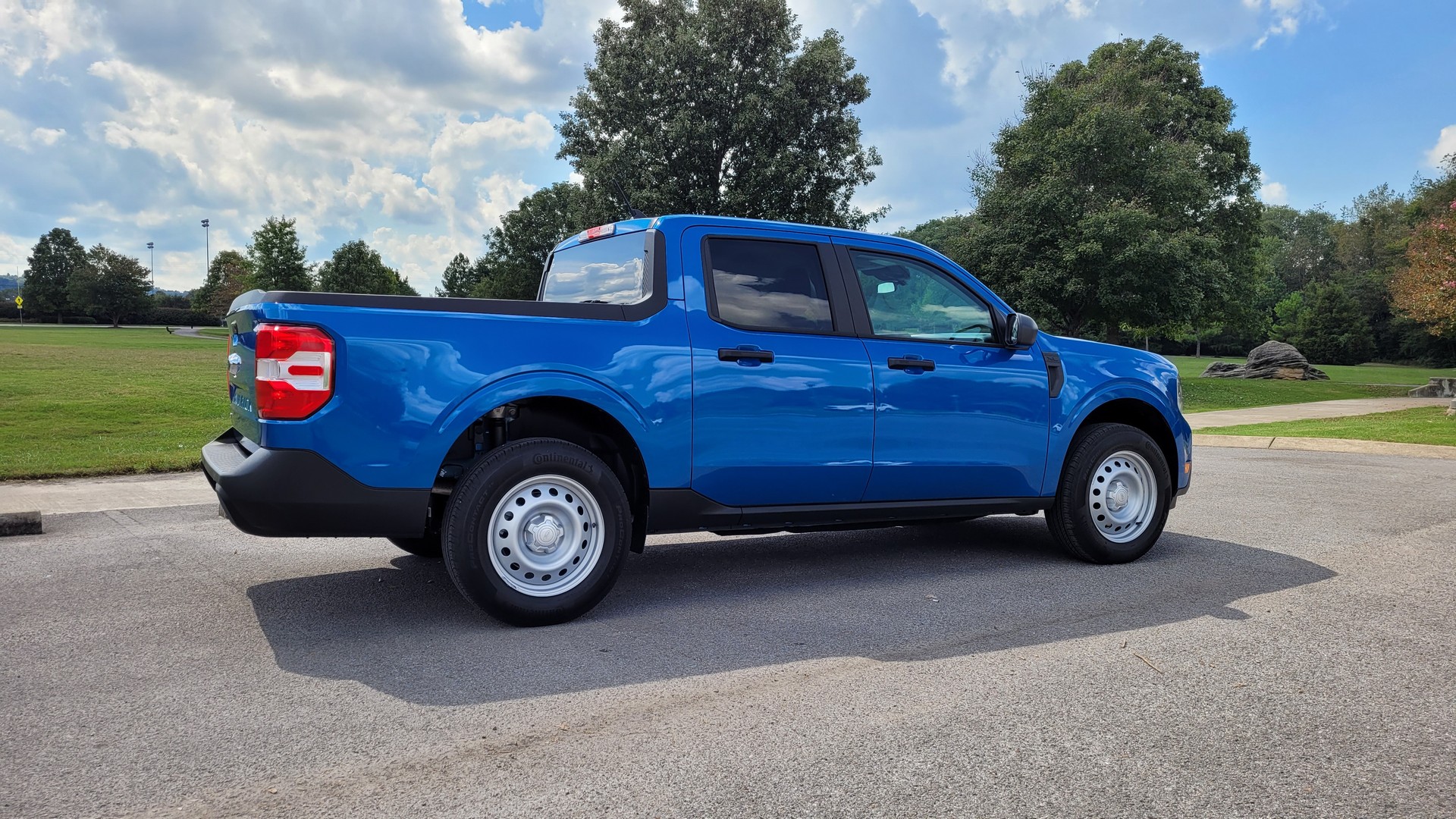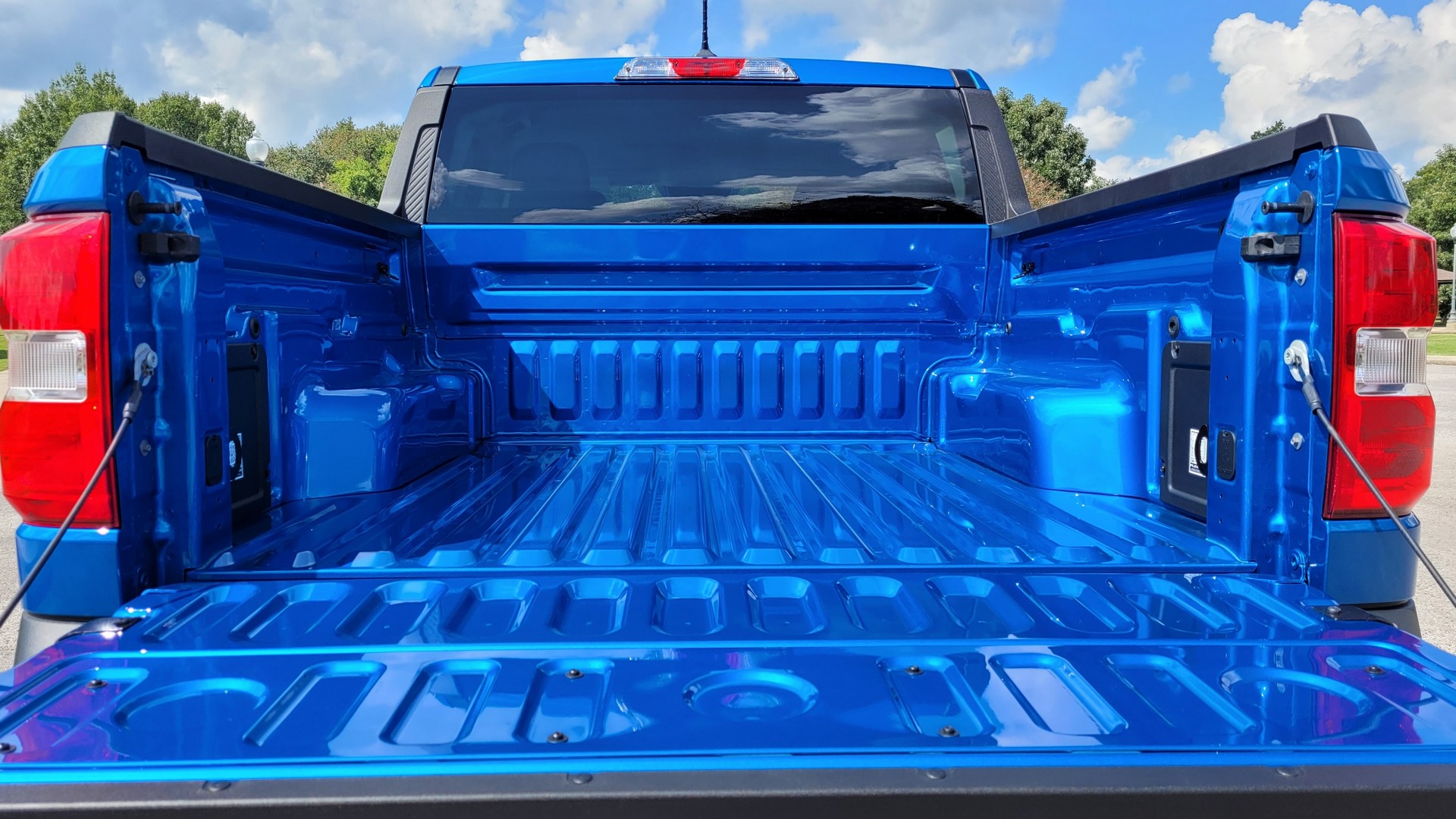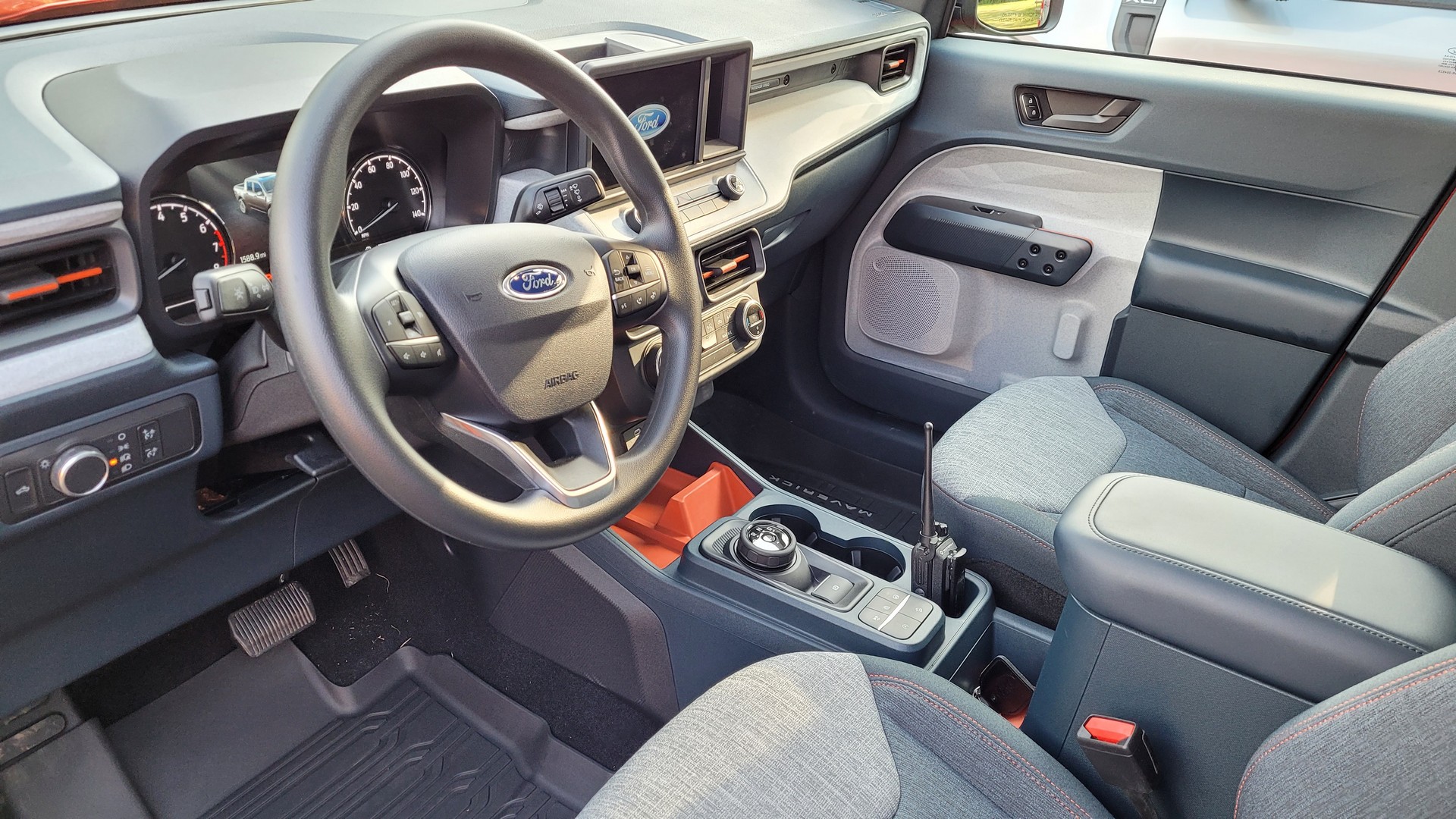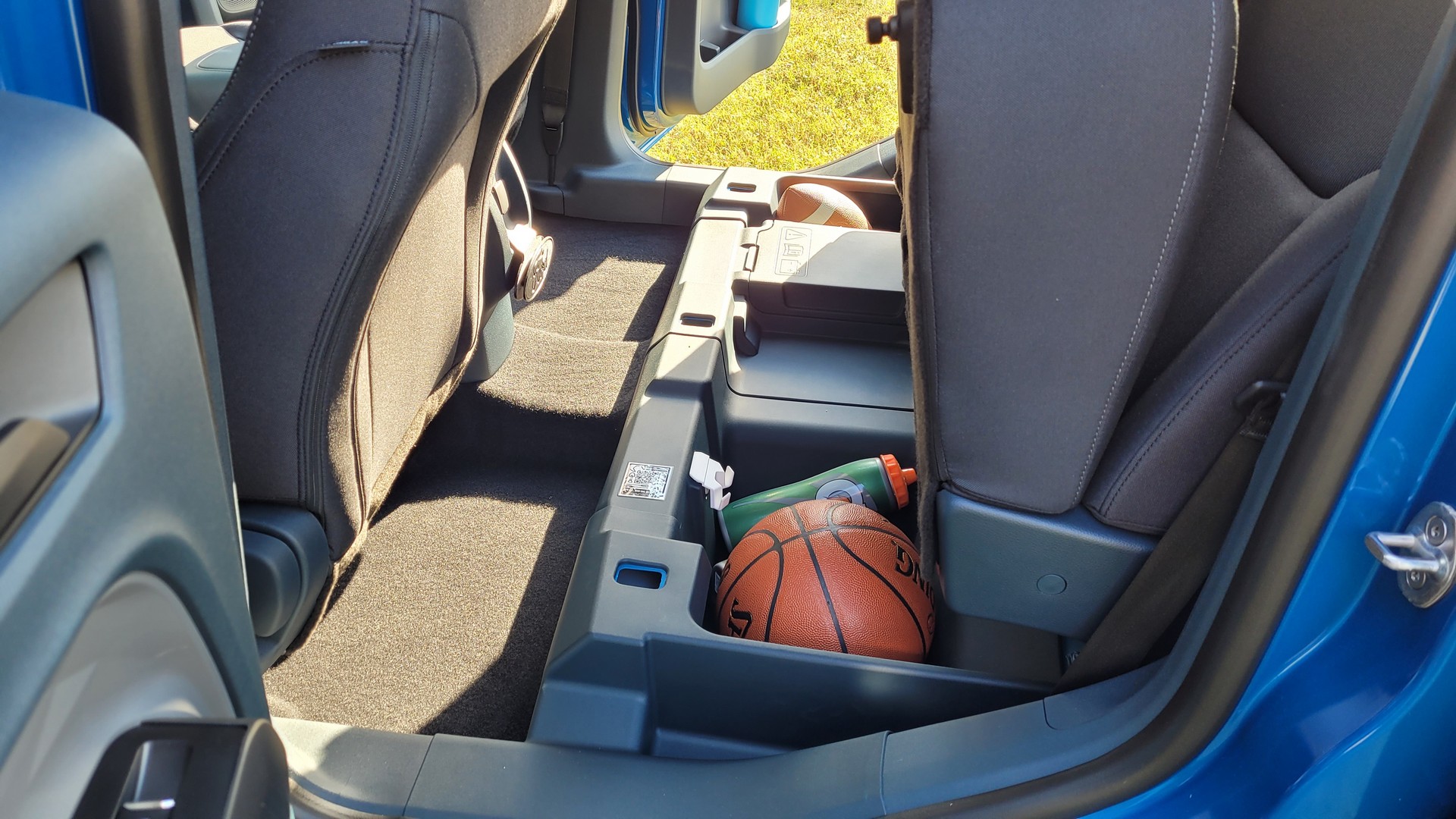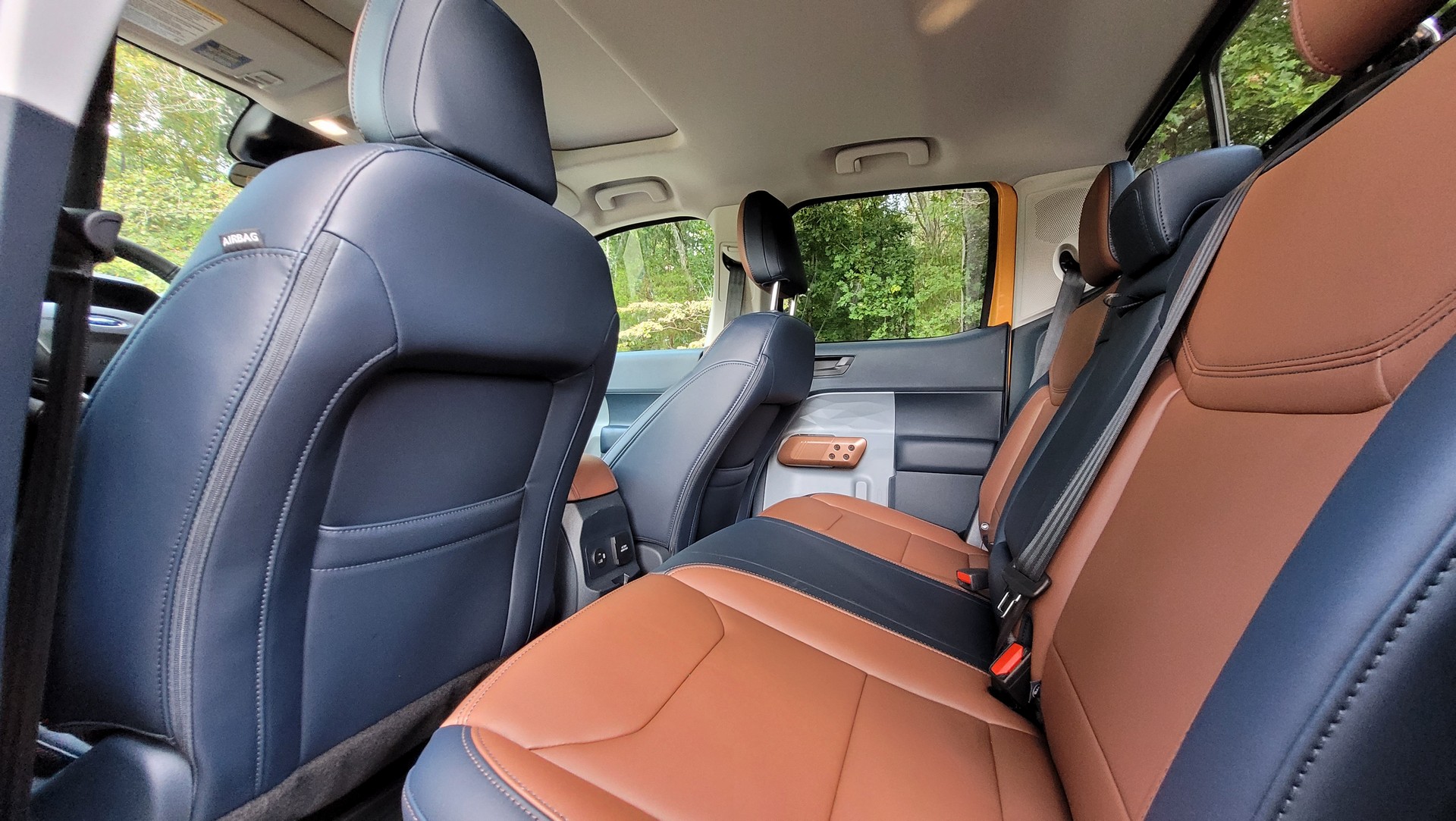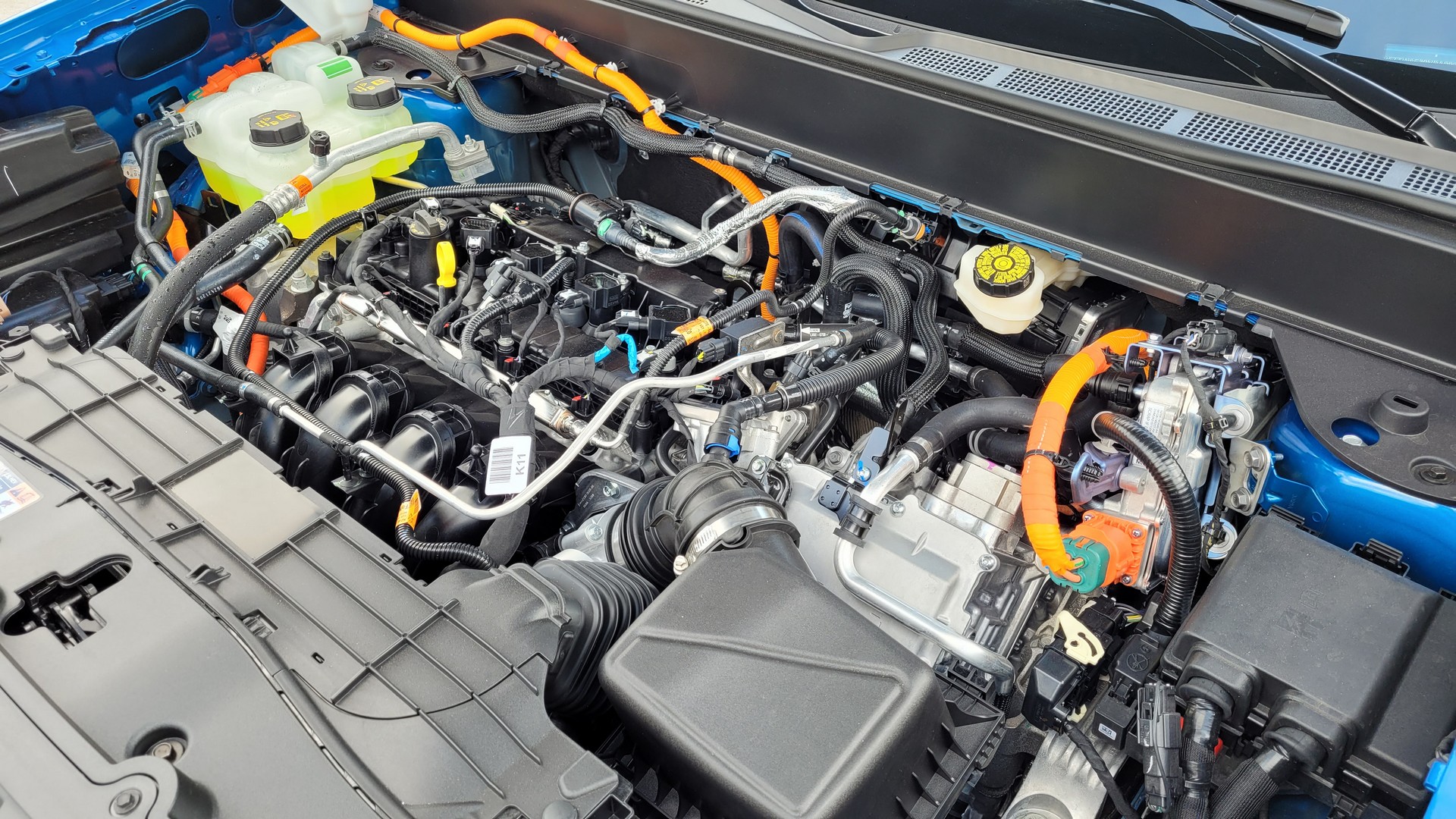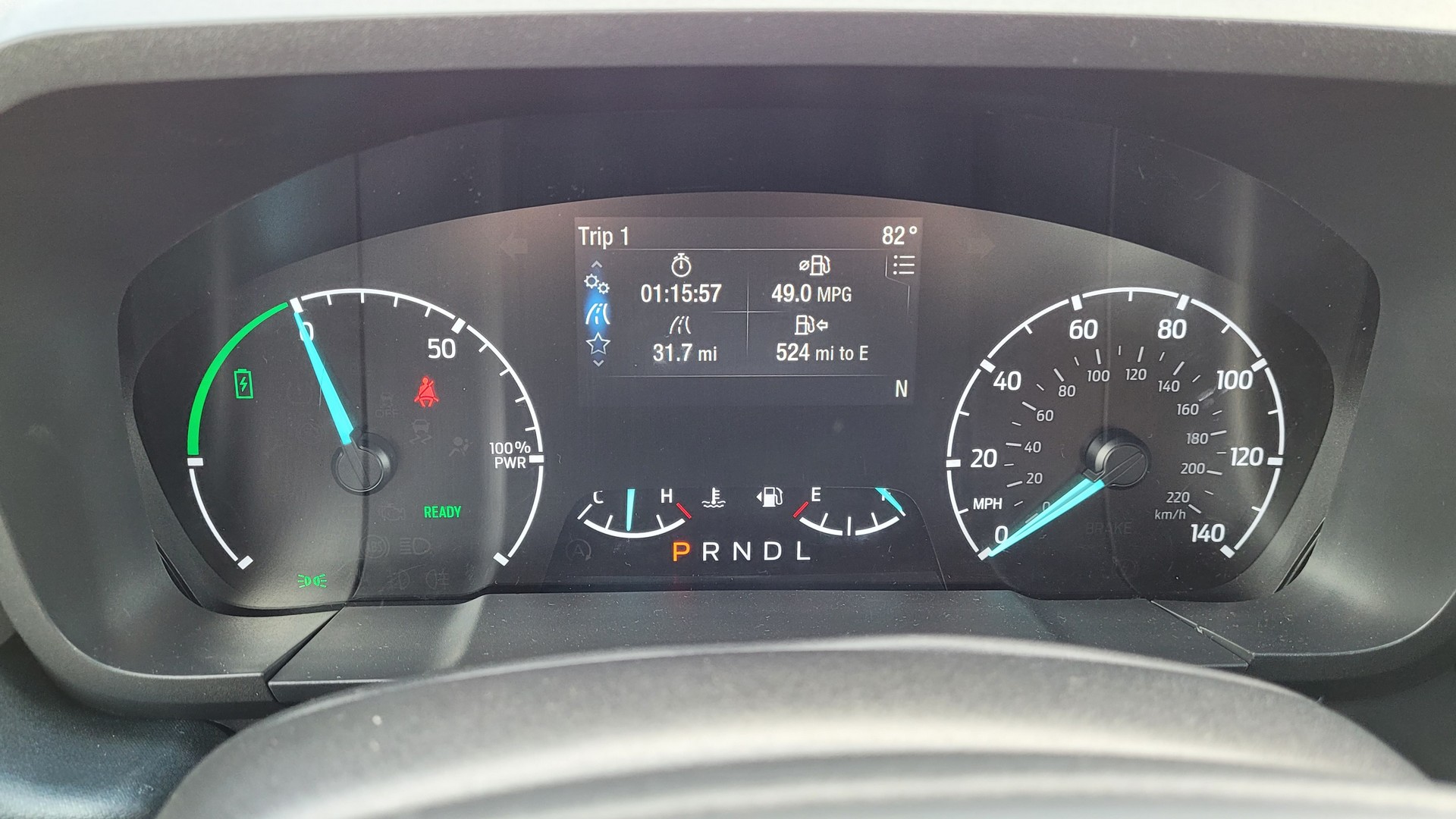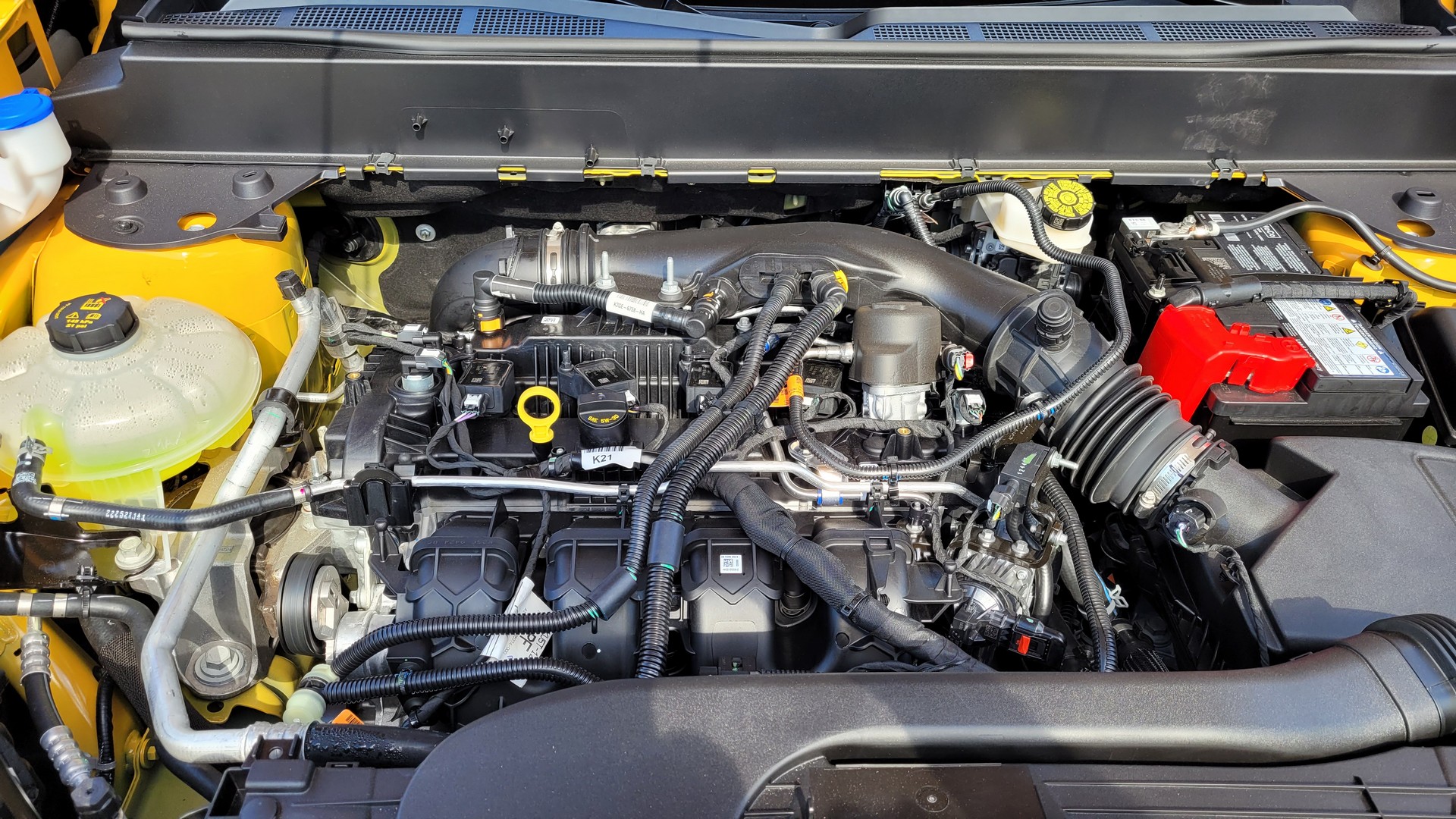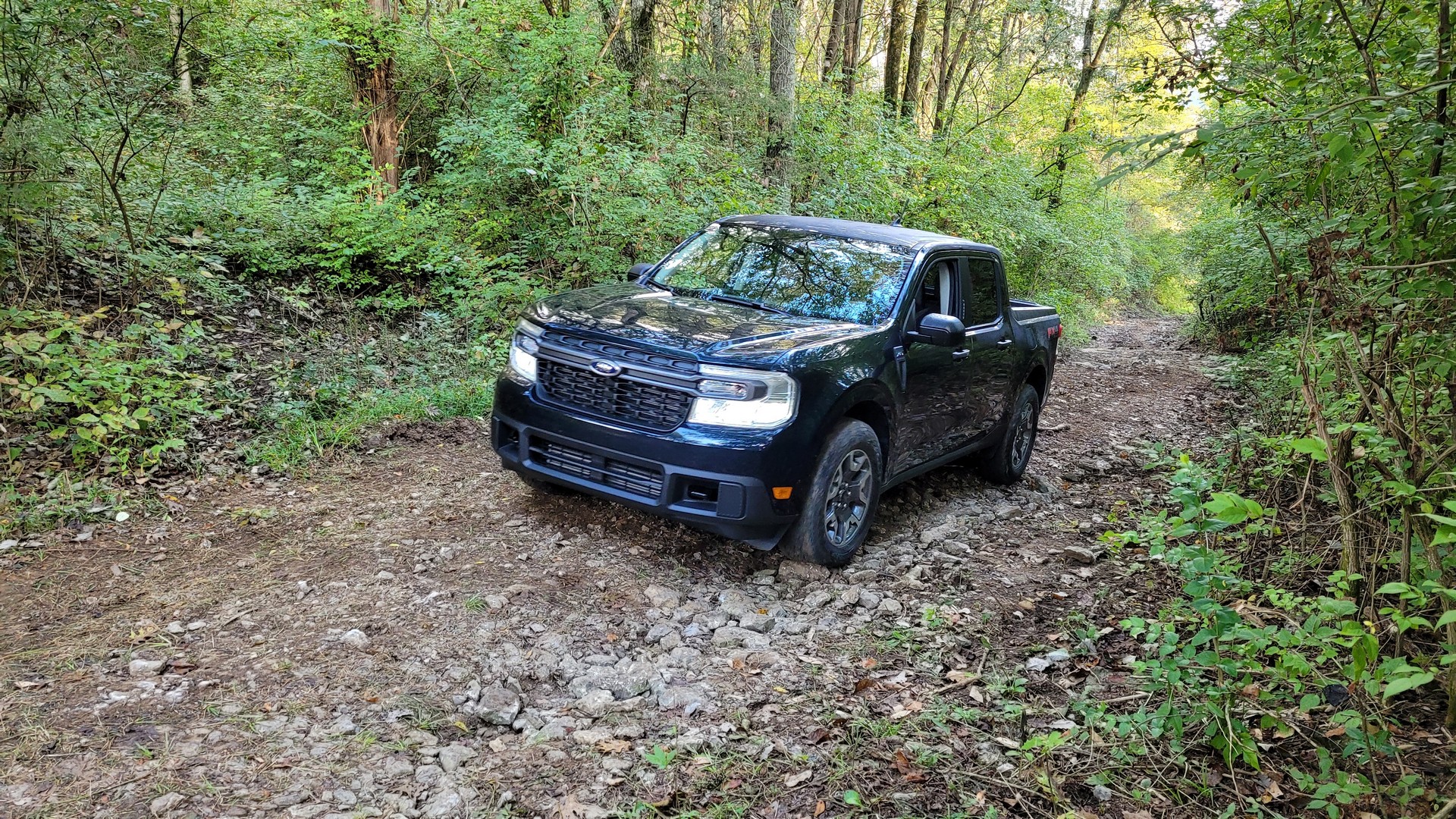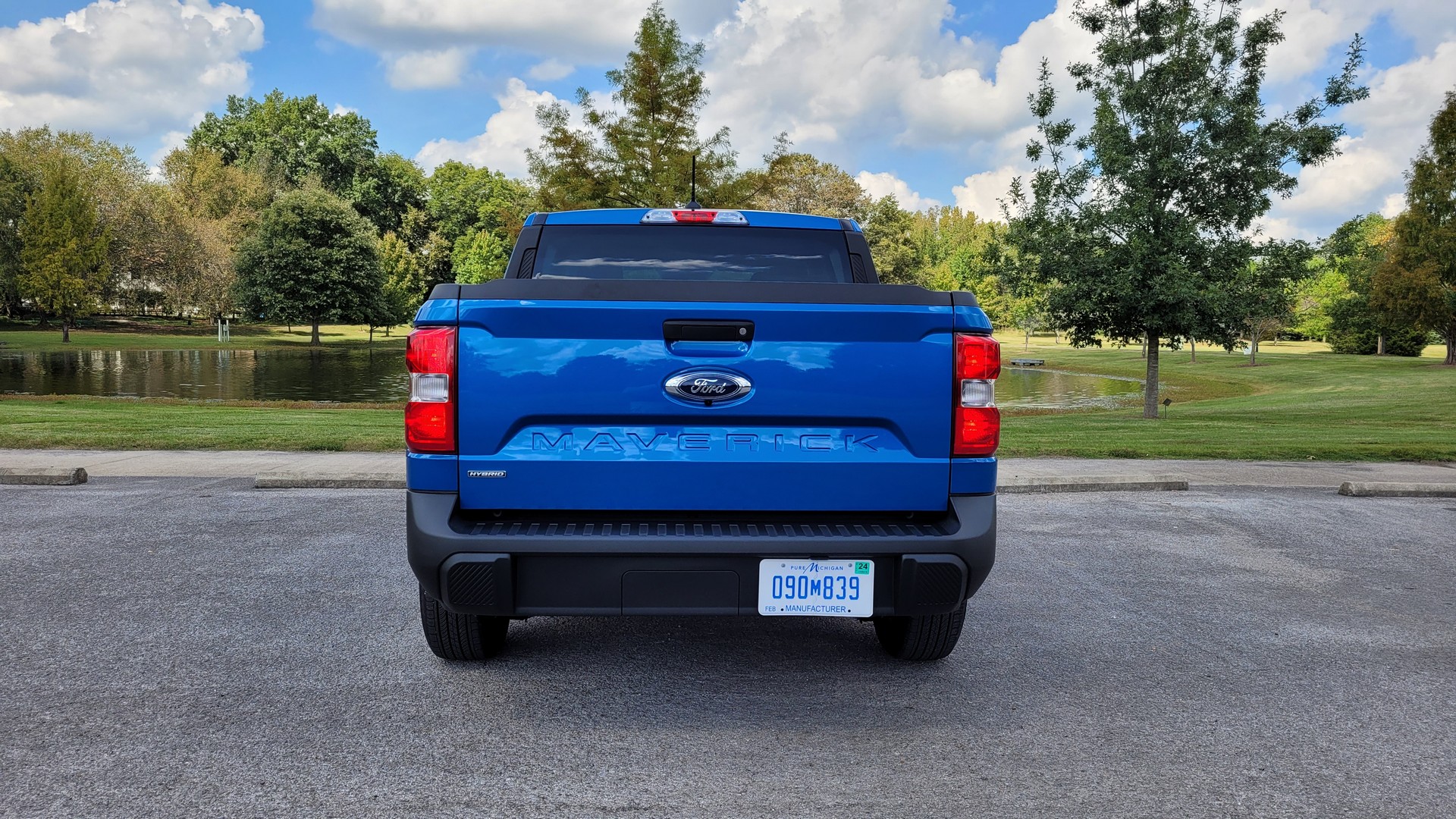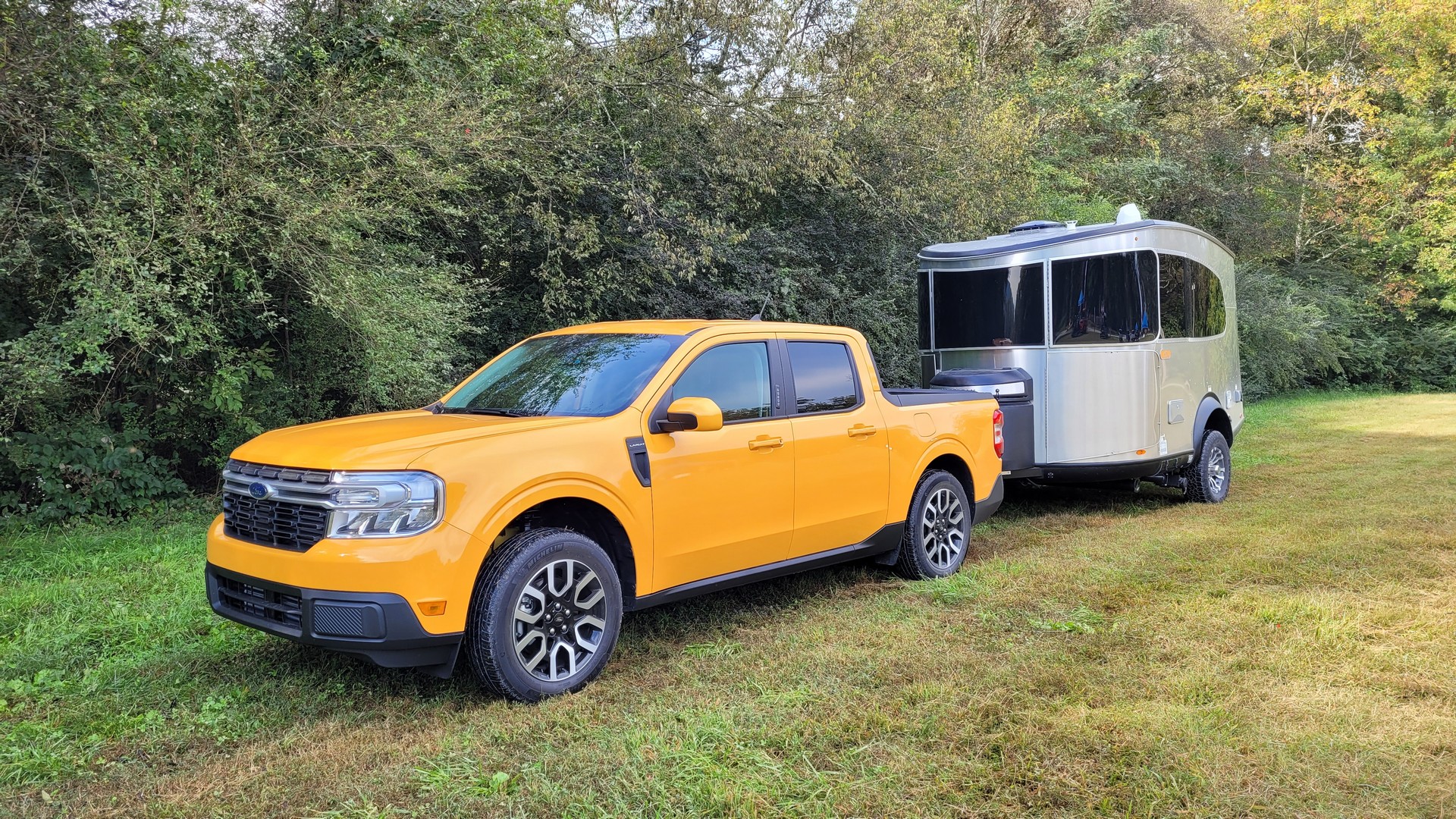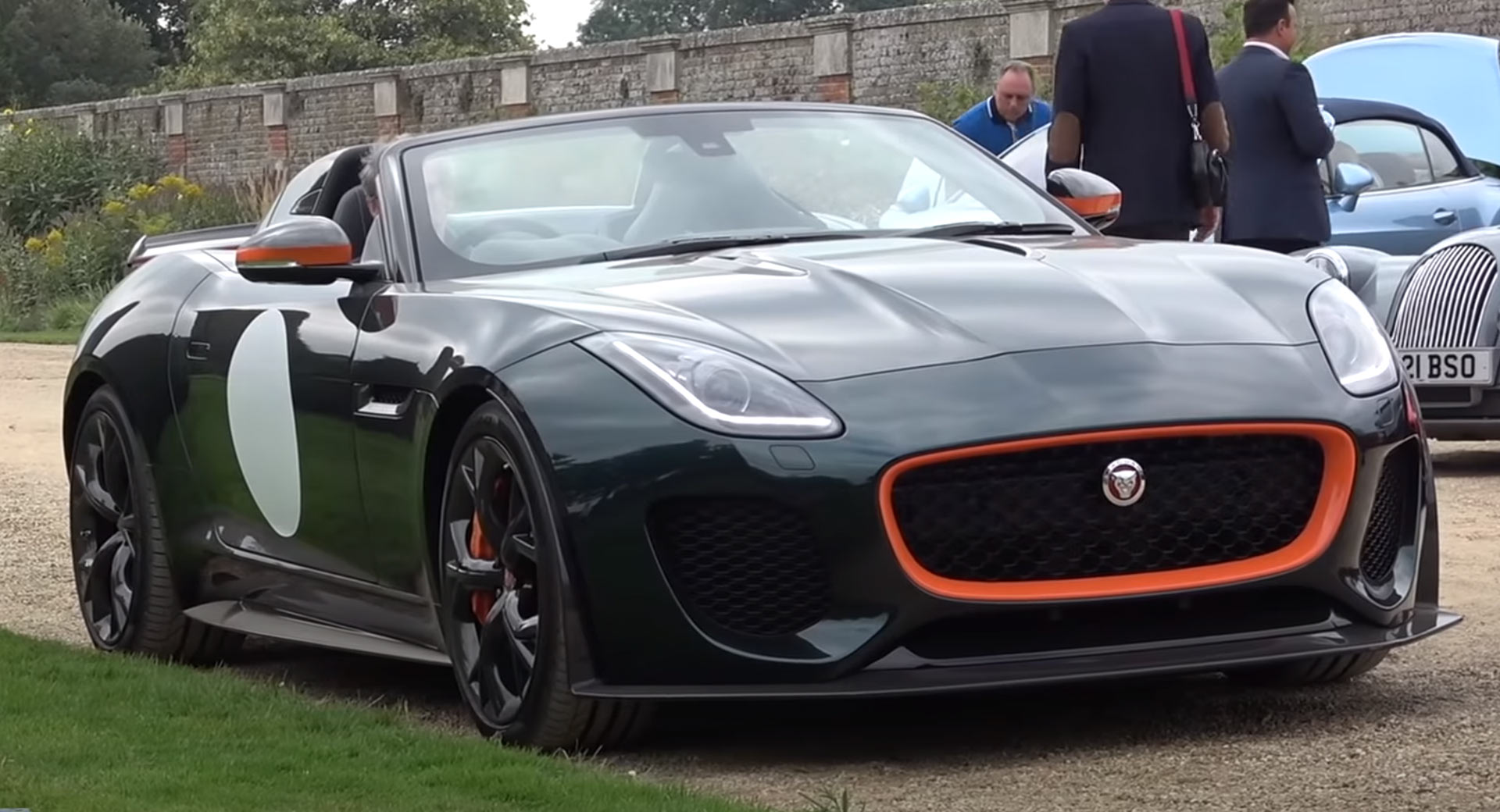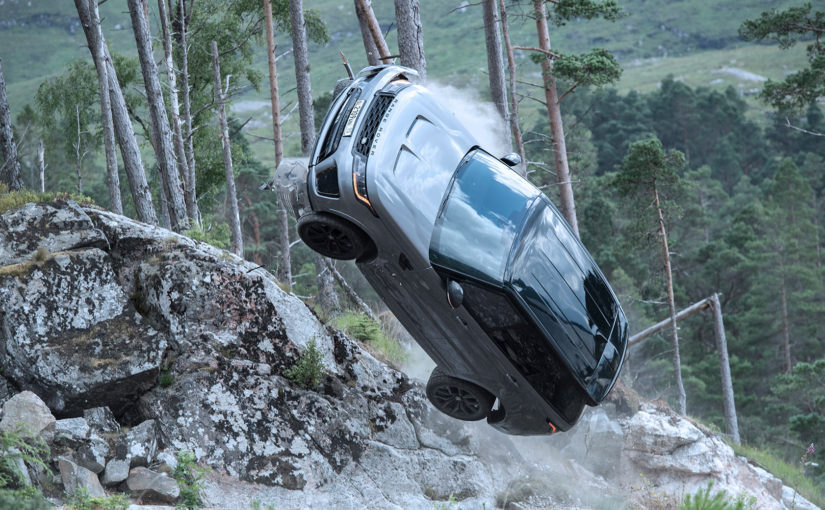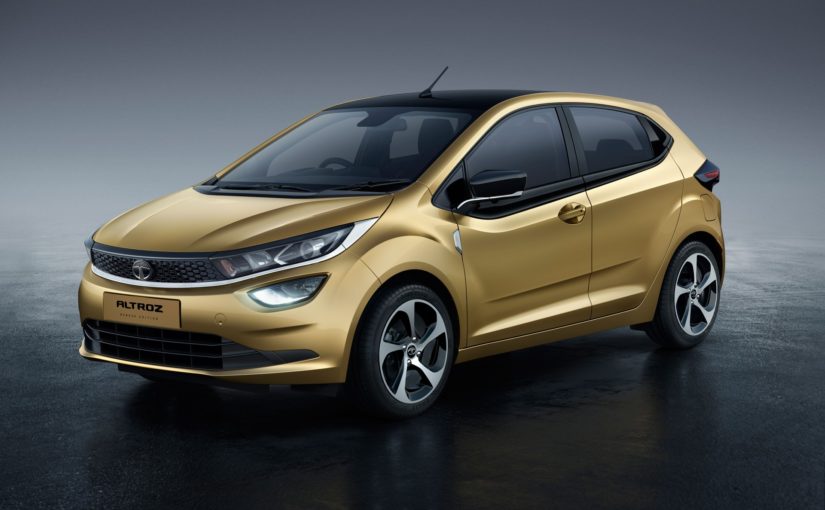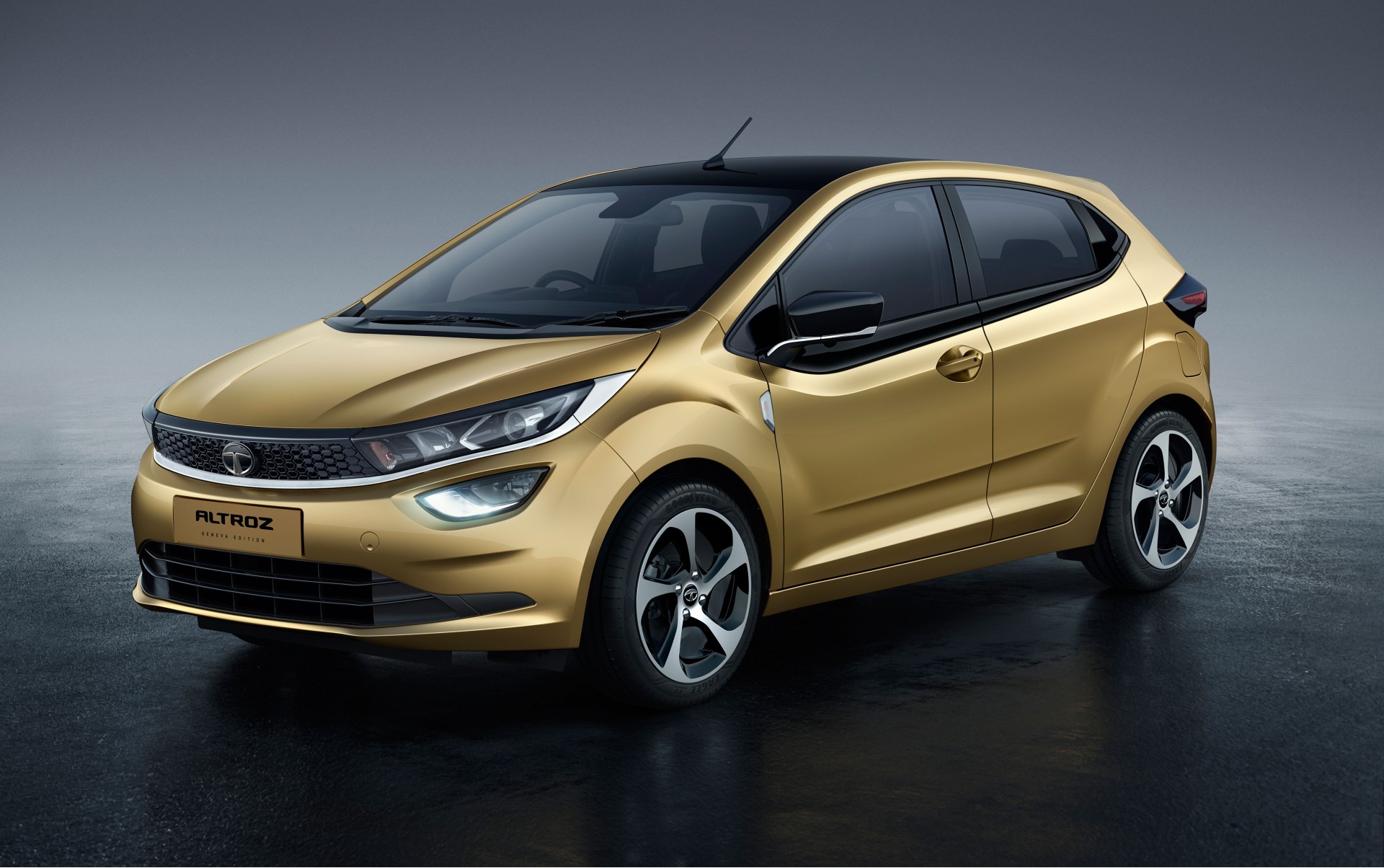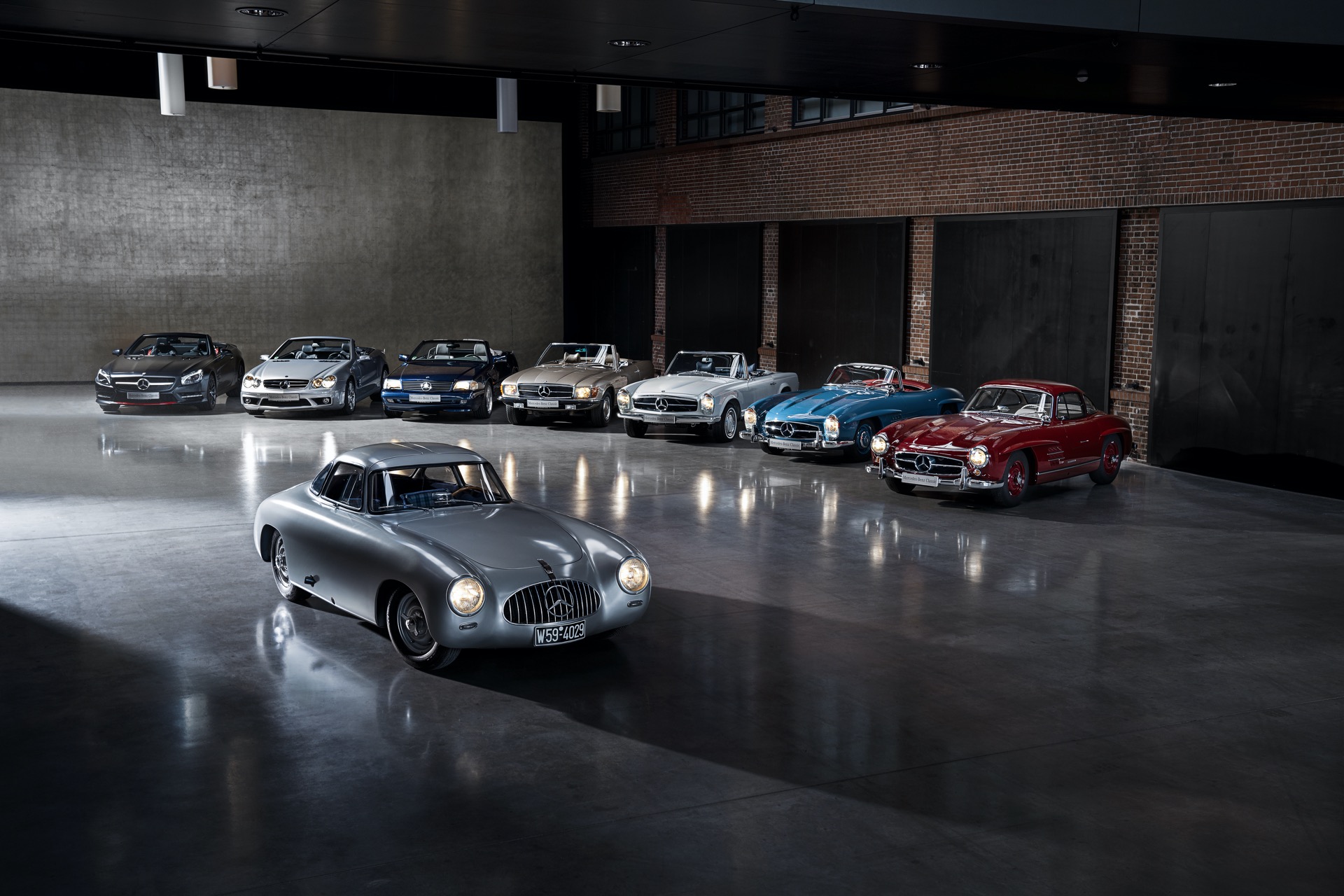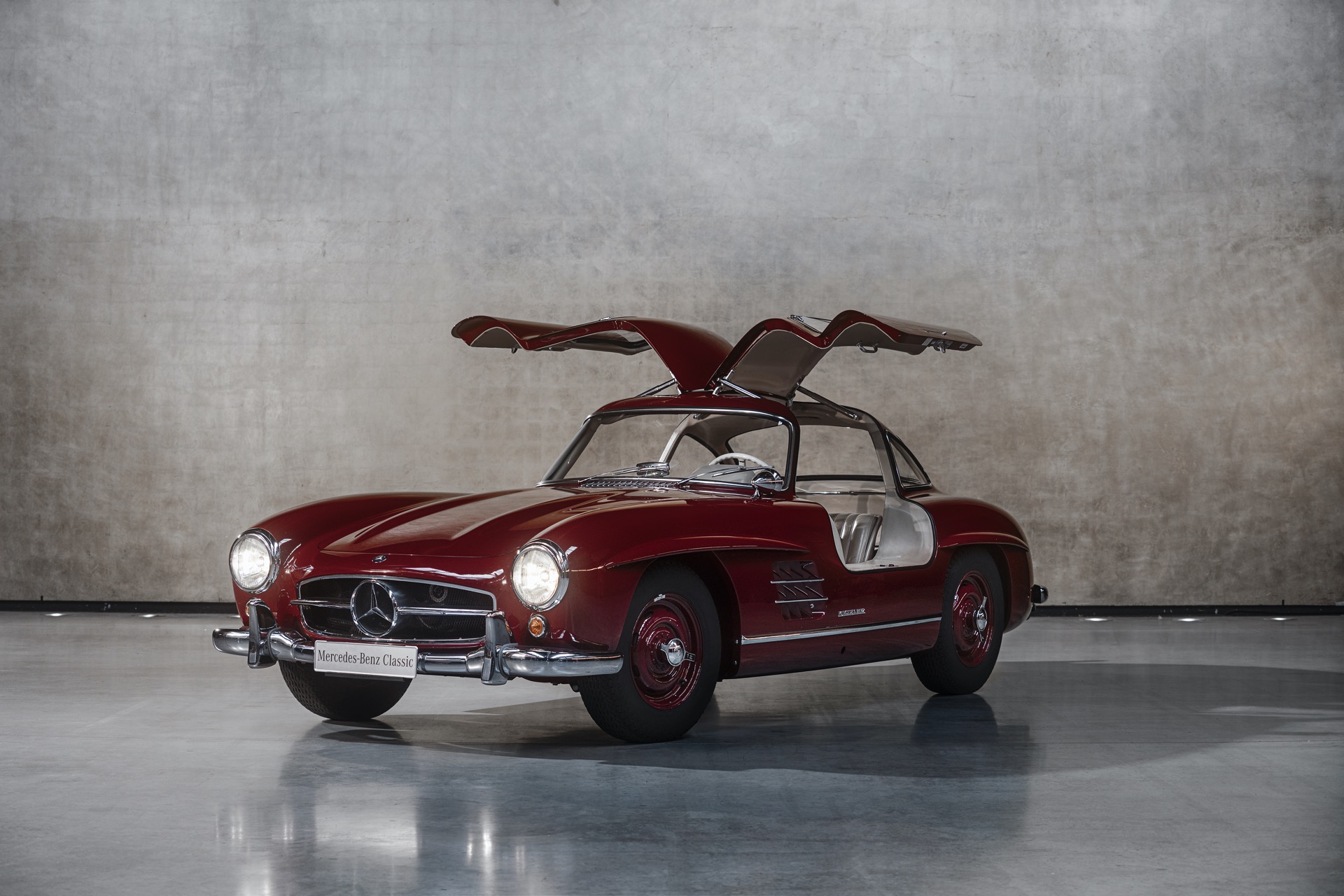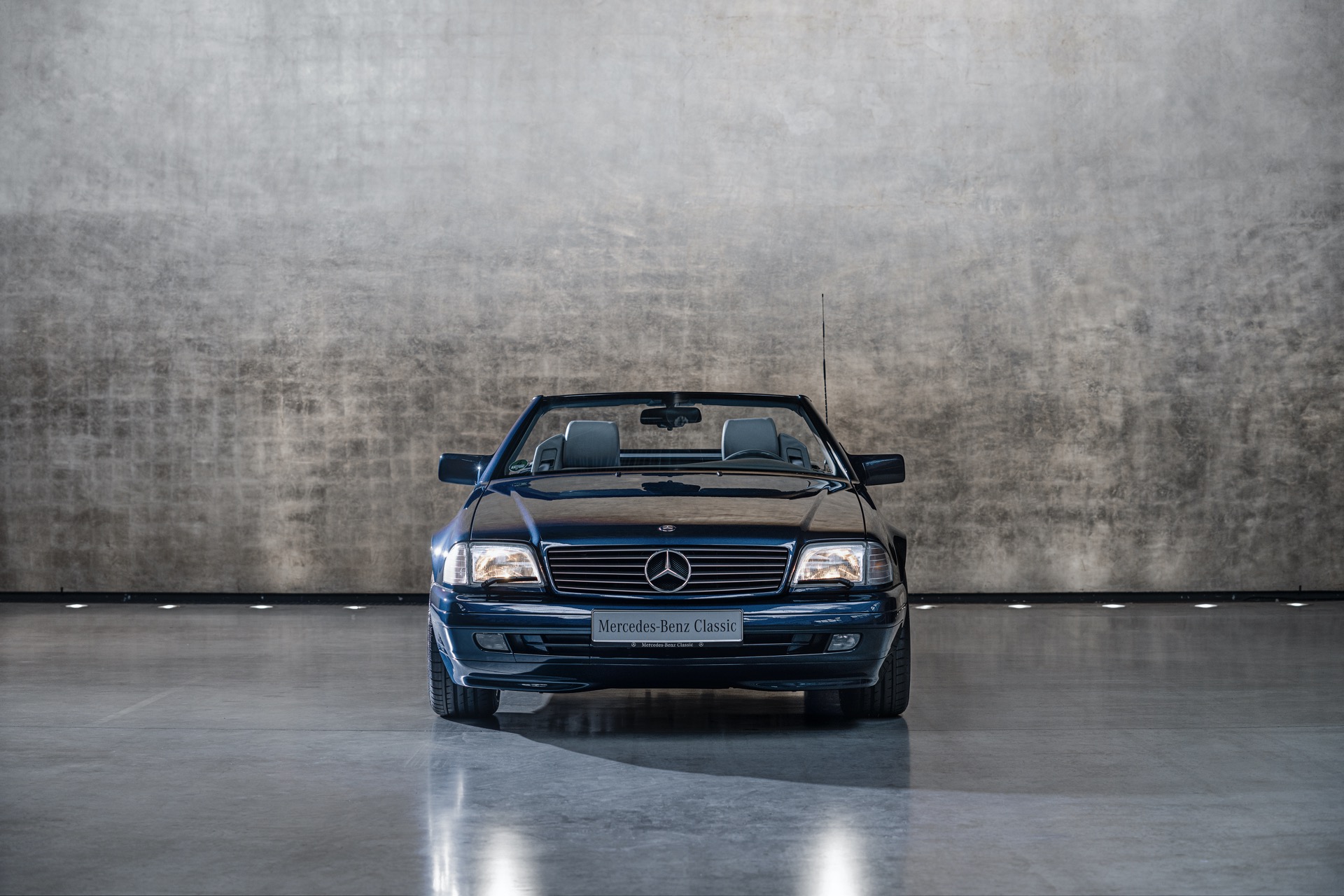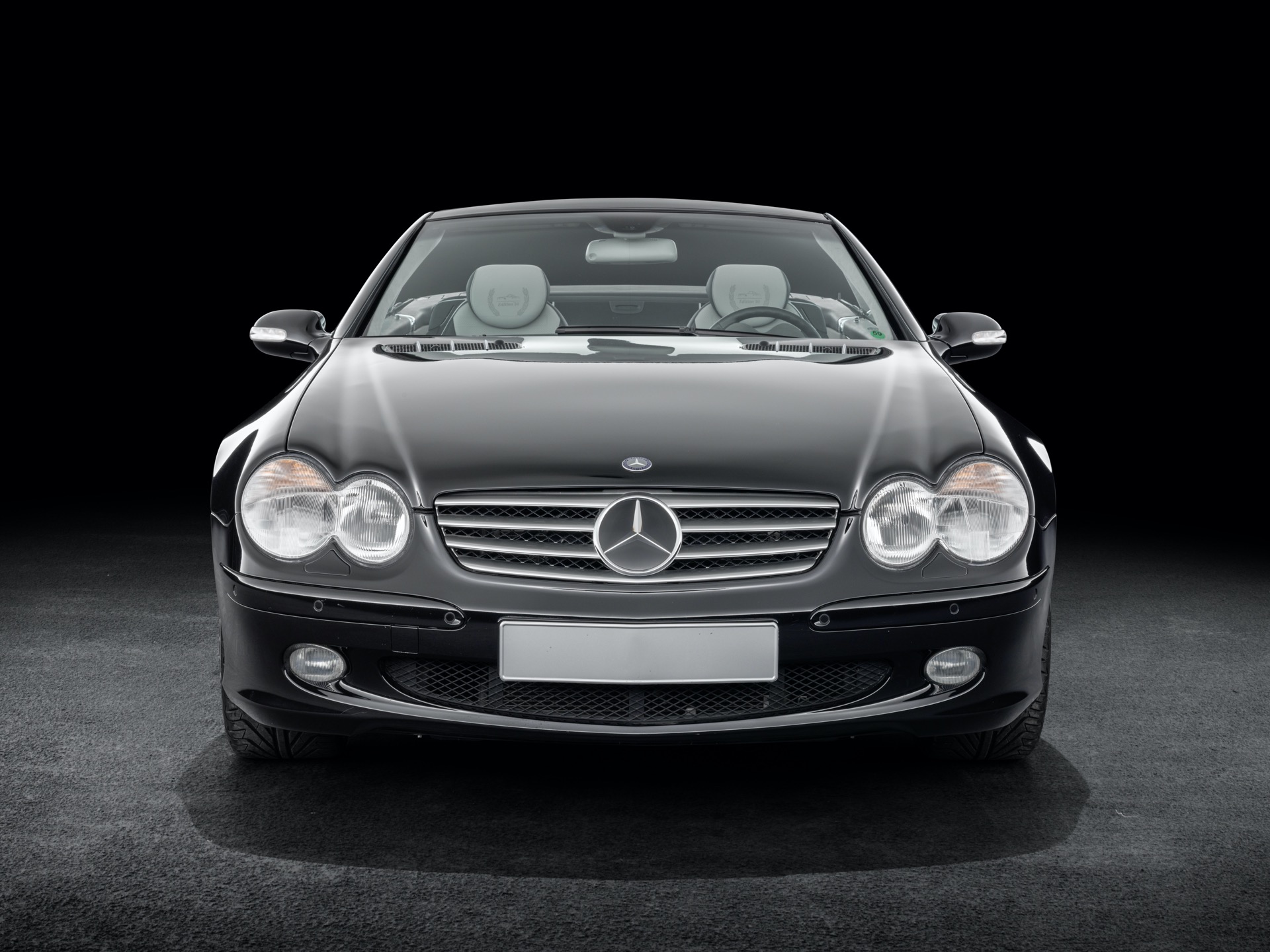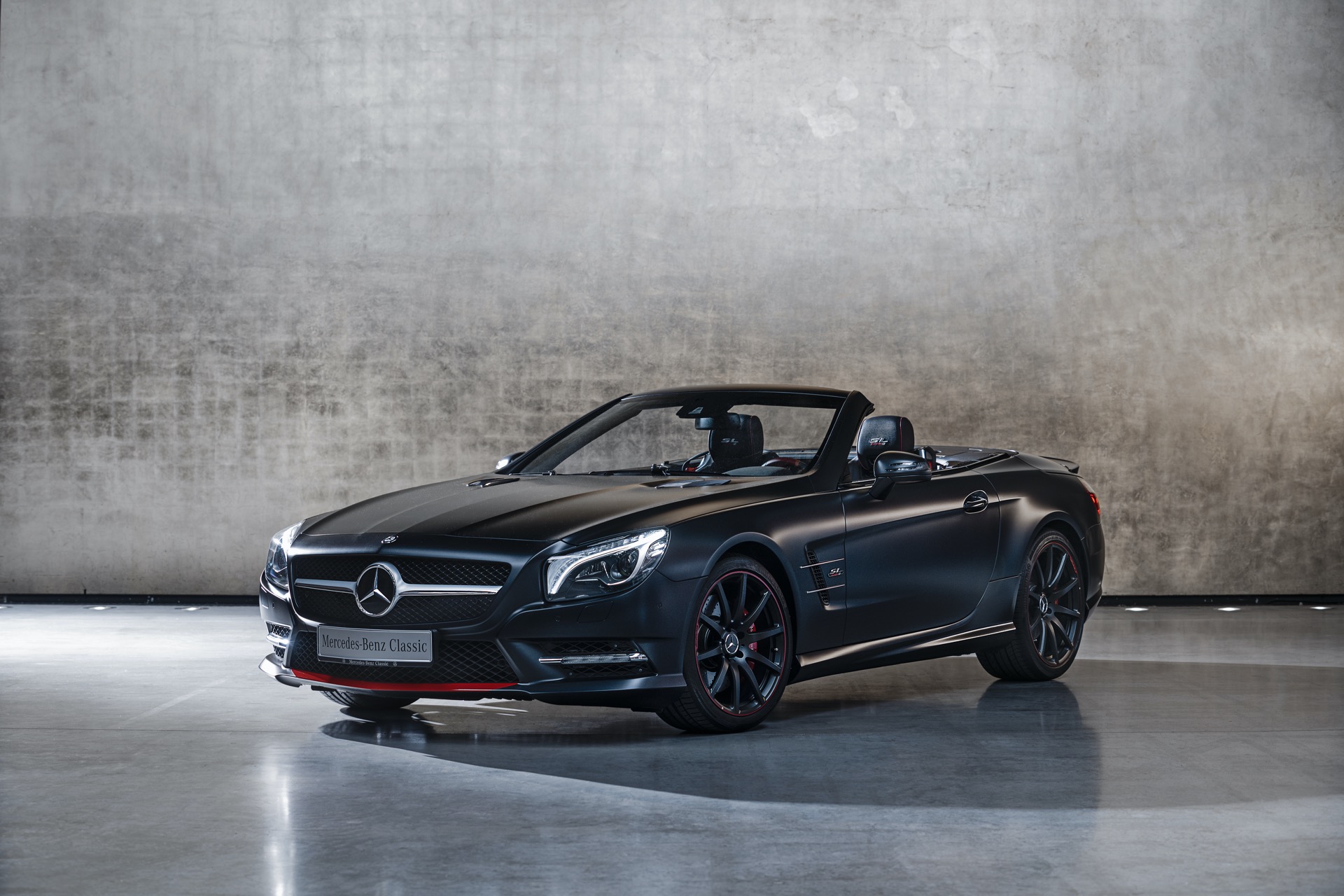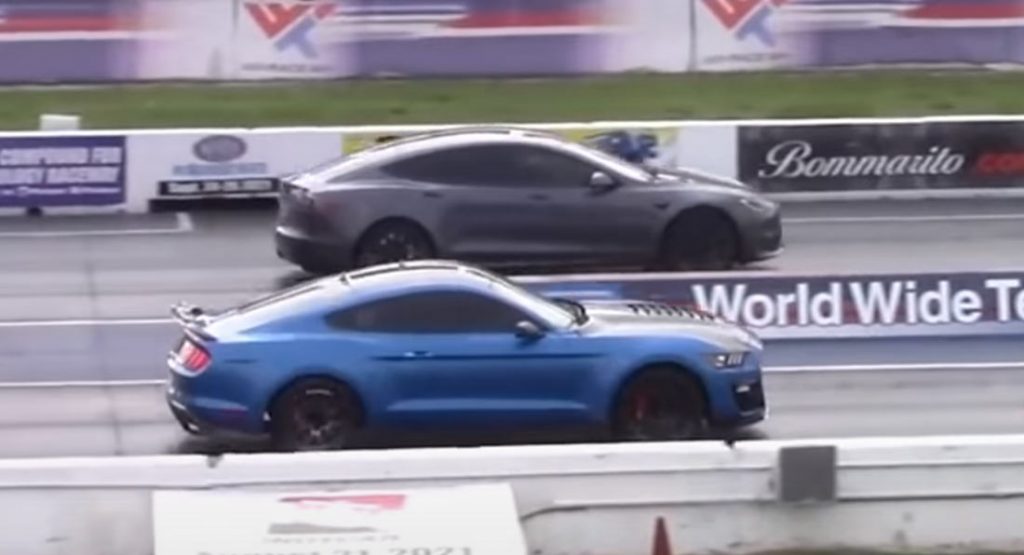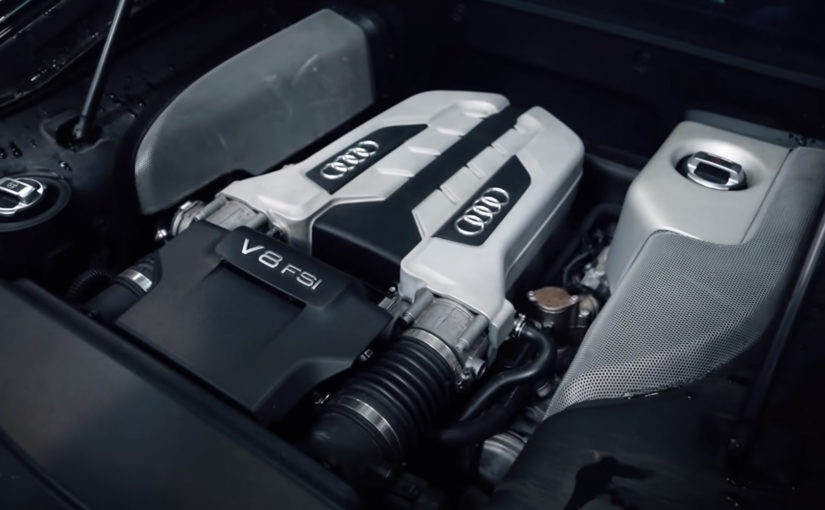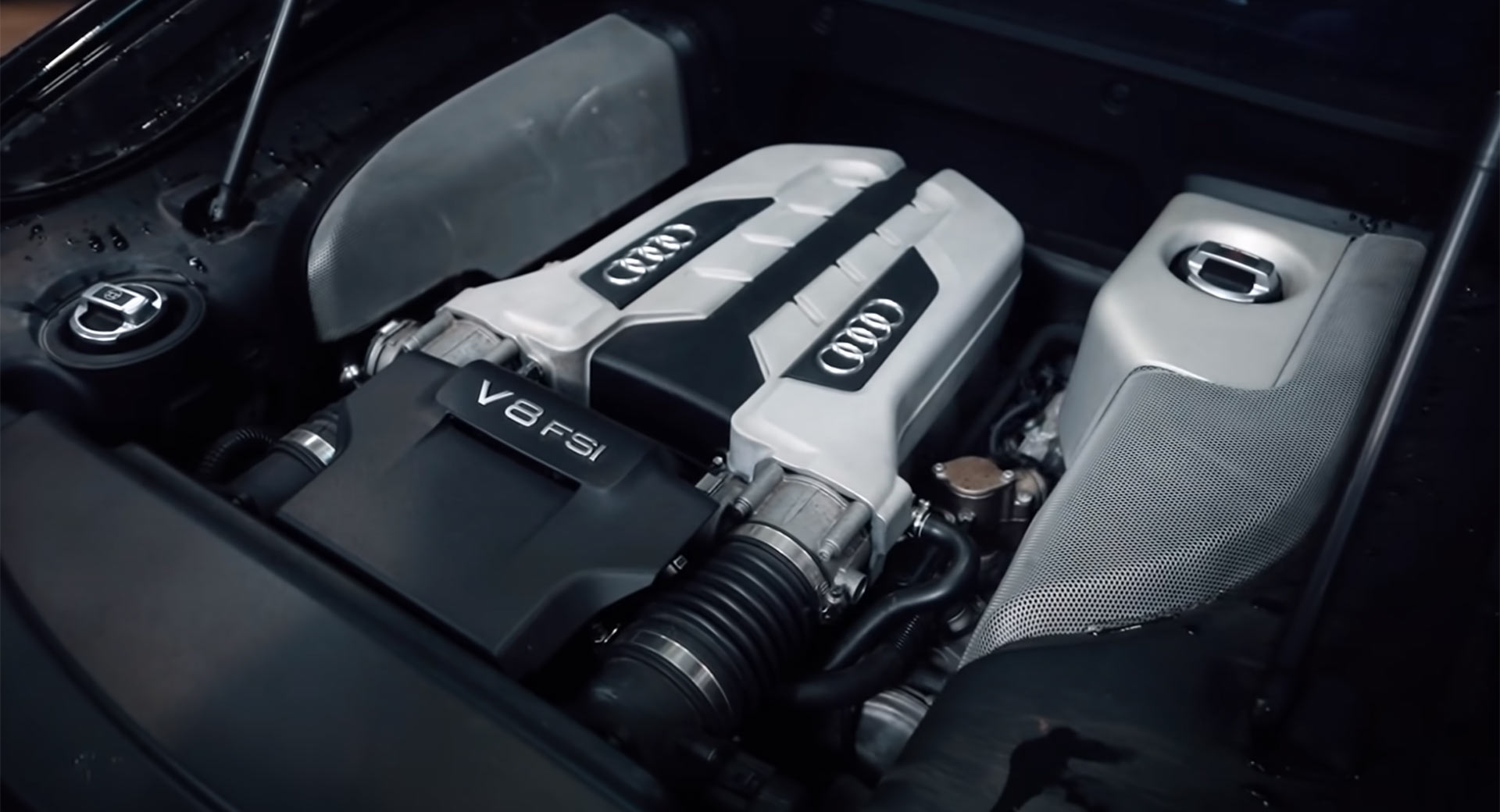Amazing. That’s about the only way you can describe the 2022 Ford Maverick as the pickup starts at $19,995 and comes with a hybrid powertrain that allowed us to average 49 mpg (4.8 lt/100 km) in real-world testing.
That’s insane, but it’s only the tip of the iceberg as the Maverick is so much more than an affordable, fuel-sipping pickup. In particular, it has an impressively designed cabin, great driving dynamics, and an available EcoBoost engine that allows the truck to tow up to 4,000 lbs (1,814 kg).
Ford has distilled decades of truck leadership into an affordable package that offers crossover comfort, pickup capability and the fuel economy of a small sedan. It’s an undeniable home run and the more than 100,000 people who have reserved one can expect great things in the future.
They’re Cute When They’re Small
Truck design has been trending towards aggressive and imposing, but the Maverick charts a different course as it features a relatively simple and straightforward design.
It looks pretty basic in XL trim as the entry-level model features a black mesh grille and 17-inch steelies. Buyers will also find C-shaped LED headlights and a black grille bar, which encompasses the front turn signals.
Moving further back, there’s plastic body cladding, faux fender vents, and a greenhouse which eschews Ford’s familiar “drop-down” side windows.Designers attempted to replicate the latter with a front door accent, but it’s barely noticeable.
The mid-level XLT adds 17-inch aluminum wheels and a gray grille bar, while the range-topping Lariat is distinguished by a silver bar, additional body-color components and larger 18-inch alloy wheels.
Of course, talk about the Maverick wouldn’t be complete without mentioning how small it is. The model measures 199.7 inches (5,072 mm) long, which makes it 11.1 inches (282 mm) shorter than the Ranger and 32 inches (813 mm) shorter than the F-150. This has a number of benefits including the ability to fit in garages.
While the Maverick is relatively compact, it’s larger than the Hyundai Santa Cruz. As we noted in our review last month, the Hyundai is 4 inches (102 mm) shorter and 2.4 inches (61 mm) wider than the Blue Oval’s competitor. The Santa Cruz is also 2 inches (51 mm) lower and has a 2.8 inch (71 mm) shorter wheelbase.
A Bed For The DIY Crowd
When it comes to trucks, it’s impossible to ignore the bed and the Maverick has a 4.5 foot FlexBed with a payload capacity of 1,500 lbs (680 kg). While the bed is quite a bit smaller than traditional pickups, it has a cargo capacity of 33.3 cubic feet (943 liters) and is more flexible than its size suggests.
Since the Maverick was designed for doers, the truck has been equipped with a multi-position tailgate that features a mid-position which lines the top of the tailgate up with the top of the wheel wells. This enables owners to carry 4×8 sheets of drywall or plywood.
Speaking of wood, there are stamped slots in the bed to allow owners to insert 2x4s or 2x6s. With these boards in place, owners can separate and secure cargo as well as make a ‘false’ floor to allow for two layers of storage.
[embedded content]
Of course, that’s just part of the story as the Maverick comes standard with six cargo tie downs. The XLT ups the ante by adding four extra tie downs and a storage cubby on the passenger side, while the Lariat boasts storage cubbies on both sides.
Customers can also opt for bed rails, a spray-in bedliner and LED lighting. Other options include a 110-volt outlet, tonneau covers and a bed extender.
One of the more interesting things about the Maverick is that it was designed with customization in mind. In particular, the truck comes standard with two prewired 12-volt connections to allow for DIY electrical projects such as custom bed lighting or the installation of onboard air. Ford is encouraging customers to get creative and they can scan a QR code in the bed to get some ideas.
Speaking of DIY, owners don’t need to shell out for factory side rails as they can simply get some C-channel and bolt it to the bed. The aforementioned QR code will also show people how to build a bike rack as Ford believes customers would rather spend money on the mountain bike rather than the rack to get it to the mountains.
A Surprisingly Stylish Cabin
Given the Maverick’s affordable pricing, it comes as little surprise the interior is filled with hard plastic. However, Ford’s interior design team deserves a lot of credit as they got creative with the cabin.
Instead of the usual sea of black plastic, there’s a multi-color interior that is unique to each trim. The Navy Pier and Medium Slate interior in the mid-level XLT is particularly fetching as it features stylish blue and grey accents with orange flourishes. The range-topping Lariat is also pleasing on the eyes as it boasts leather-like ActiveX upholstery and bronze accents.
The colors aren’t the only notable thing about the interior as the doors have split armrests, which allow them to accommodate large water bottles such as those sold by Yeti and S’well. The door pockets are also large enough to store tablets, while the low center console offers numerous storage compartments of its own.
Furthermore, there’s a generous storage compartment beneath the rear seat that accommodates dividers as part of the Ford Integrated Tether System. However, the FITS is more notable for the slot on the back of the center console which can accommodate an assortment of accessories ranging from cup holders to a trash bin. The accessories simply clip into the slot and customers get five items – including cup holders, bag hooks, a storage / trash bin, a phone cord organizer, and under seat dividers – for $50.
Speaking of the seats, they’re comfortable and spacious with plenty of bolstering up front. More impressively, the back seat is adult-friendly as there’s up to 36.9 inches (937 mm) of second-row legroom. This means the Maverick has more second-row legroom than the Ranger SuperCrew and F-150 SuperCab.
Another plus is the layout as all controls are straightforward and within easy reach. Of particular note are the physical audio controls and minimalist shifter, which is shared with the Mustang Mach-E.
In terms of equipment, the entry-level Maverick XL is pretty bare bones as it comes as standard with air conditioning, bucket front seats, and a 4.2-inch multi-information display which can double as a digital speedometer. Buyers will also find power windows and locks, a tilt/telescoping steering wheel, and a relatively basic 8-inch infotainment system with Android Auto and Apple CarPlay support. The model also comes with a six-speaker audio system and FordPass Connect, which boasts a 4G LTE Wi-Fi hotspot as well as services such as a vehicle locator, remote start and remote locking / unlocking of the doors.
It also boasts a handful of standard driver assistance systems including auto high-beam headlights and pre-collision assist with automatic emergency braking. There’s also forward collision warning, pedestrian detection and dynamic brake support. Customers can also upgrade to get a lane-keeping system and a blind spot information system with cross-traffic alert.
At the opposite end of the spectrum, the $25,490 Maverick Lariat boasts a larger 6.5-inch multi-information display, a dual-zone automatic climate control system and a passive entry system with a push-button ignition. Other highlights include a leather-wrapped steering wheel, ambient lighting, an 8-way power driver’s seat and a power sliding rear window.
The range-topping variant can also be equipped with options such as heated front seats, an 8-speaker B&O premium audio system and a heated steering wheel. Other extras include a SYNC 3 infotainment system with voice recognition technology as well as driver assistance systems such as lane centering and adaptive cruise control with stop and go.
Hybrid Power Comes Standard
While the Maverick was caught undisguised ahead of its debut, Ford managed to keep its biggest secret under wraps: a standard hybrid powertrain. It consists of a 2.5-liter four-cylinder Atkinson-cycle engine, a compact electric motor, and a small battery pack that is located underneath the cabin to maximize interior space.
This setup enables the truck to produce a combined output of 191 hp (140 kW / 194 PS). Furthermore, the electric motor develops 126 hp (94 kW / 128 PS) and 173 lb-ft (235 Nm) of torque, and can power the truck on electricity alone.
The hybrid variant hasn’t been given an EPA rating yet, but Ford has previously said they’re expecting the model to return 40 mpg (5.9 lt/100 km) city. However, our experience with multiple hybrids suggests the company is being conservative. Driving on rural Tennessee back roads, we averaged 40 mpg without even trying. A day earlier, with some city driving thrown into the mix, we averaged 49 mpg (4.8 lt/100 km).
Fuel economy aside, the hybrid truck has adequate power and its combined horsepower rating is identical to the Santa Cruz’s naturally aspirated 2.5-liter four-cylinder engine. While the powertrain doesn’t seem as refined as hybrid systems from Toyota, it doesn’t really make itself known other than when braking or driving at low speeds. That being said, I became more and more impressed with the hybrid powertrain after repeated encounters.
On the downside, the hybrid comes standard with an electronic continuously variable transmission and is available exclusively with front-wheel drive. The CVT isn’t particularly noteworthy, but the truck has five drive modes – Normal, Eco, Sport, Slippery and Tow/Haul – and Sport livens things up considerably as it attempts to mimic the feel of a traditional automatic. However, the biggest drawback is the lack of all-wheel drive and we hope Ford will find a way of adding an AWD variant in the future.
In the meantime, the only way to get all-wheel drive is to upgrade to the turbocharged 2.0-liter EcoBoost four-cylinder that produces 250 hp (184 kW / 253 PS) and 277 lb-ft (376 Nm) of torque. It offers better performance than the hybrid, but falls short of the Santa Cruz’s optional turbocharged 2.5-liter four-cylinder that develops 281 hp (210 kW / 285 PS) and 311 lb-ft (422 Nm) of torque. However, it’s worth mentioning the Maverick is hundreds of pounds lighter.
Needless to say, the turbocharged engine is less fuel efficient than the hybrid as it carries an EPA rating of 23 mpg (10.2 lt/100 km) city, 30 mpg (7.8 lt/100 km) highway and 26 mpg (9.0 kt/100 km) combined with front-wheel drive. Adding all-wheel drive drops those numbers 1 mpg across the board, but that’s nothing to sneeze at as the larger four-wheel drive Ranger returns 20 mpg (11.7 lt/100 km) city, 24 mpg (9.8 lt/100 km) highway and 22 mpg (10.7 lt/100 km) combined.
The EcoBoost engine is paired to a smooth shifting eight-speed automatic transmission and all-wheel drive is available for an additional $2,220. However, the turbocharged engine is a $1,085 option and this means owners will need to shell out a total of $3,305 to upgrade to all-weather traction.
The Maverick isn’t a hardcore off-roader, but the optional all-wheel drive system enables the truck to venture off the beaten path. We weren’t able to test the pickup to extremes, but it didn’t have any problems traversing a trail similar to what you’d find on your way to a remote camp site. The truck was also able to climb a rocky hill without difficulty, thanks in part to its 8.6 inches (218 mm) of ground clearance.
Speaking of all-wheel drive, XLT and Lariat variants can be equipped with an FX4 Off-Road Package. It adds a revised suspension, additional underbody protection and unique 17-inch wheels wrapped in all-terrain rubber. The package also includes front tow hooks, an upgraded cooling system, Hill Descent Control, and a revised drive mode system which replaces Sport and Eco modes with Sand and Mud/Ruts settings.
Truck Capability Meets Crossover Comfort
Back on pavement, the Maverick’s unibody construction shines as the model rides on the C2 platform which is shared with the Bronco Sport and Escape. This pays big dividends in terms of ride and comfort as the Maverick drives more like a crossover than a truck.
It’s remarkable what Ford engineers were able to accomplish as the suspension, which features MacPherson struts and a twistbeam (hybrid) or multi-link (gas) rear, soaks up imperfections with little more than a thump. The ride quality is undeniably impressive and there wasn’t even the slightest hint of jostling during our time with multiple different models.
Handling is also impressive for a truck as high-speed cornering felt secure and drama-free. In fact, the Maverick felt capable of dealing with far more challenging scenarios than I was comfortable throwing at it.
That being said, the experience isn’t particularly rewarding as the electric power-assisted steering system isn’t very engaging. It’s responsive, but not quite as nice as the system in the Santa Cruz. On the bright side, the truck has a 40 foot (12.2 meter) turning circle and this makes maneuvering in parking lots a breeze.
Tow Time
Both gas and hybrid models have a towing capacity of 2,000 lbs (907 kg), but all-wheel drive variants can be equipped with a 4K Tow Package which doubles the capacity to 4,000 lbs (1,814 kg). It includes a trailer hitch receiver, a revised drive ratio, a trailer brake controller, and an upgraded cooling system with a higher capacity radiator, a transmission oil cooler and an upgraded cooling fan.
Ford is confident in the truck’s capability and we used the Maverick to tow an Airstream Basecamp 16, which weighs 2,650 lbs (1,202 kg). Our experience with the camper revealed the truck has plenty of power for towing as the Airstream wasn’t overly taxing on the engine and merging onto the highway wasn’t a stressful experience. That being said, ride quality takes a hit as things become more unsettled, but this was to be expected.
While it’s no F-350, the Maverick can tow small- to medium-sized trailers and boats. Of course, the Santa Cruz has the edge here as the turbocharged all-wheel drive variant can tow up to 5,000 lbs (2,268 kg).
Cheap Is Cool
No matter how you slice it, the 2022 Maverick is a remarkably impressive truck and it’s amazing what Ford was able to accomplish considering pricing starts at $19,995 before a $1,495 destination charge.
Of course, most consumers will want to upgrade to the mid-level XLT trim which starts at $22,280 before factoring in the destination fee. That’s still remarkable value and buyers will be rewarded with a classier cabin, cruise control, and 17-inch aluminum wheels as steelies aren’t for everyone.
Besides being affordable, the truck offers mind-boggling fuel-efficiency with the hybrid powertrain and good performance with the EcoBoost engine. Ride and handling is also crossover-like and the Maverick can easily transport four adults in comfort.
While there’s obviously a lot to love, there are also some shortcomings as the Hyundai Santa Cruz offers a more powerful turbocharged engine, a higher towing capacity, and a more upscale interior with high-tech goodies. The Maverick also allows a fair amount of road noise into the cabin, although an acoustic windshield on the range-topping Lariat helps a bit.
Furthermore, one of the models we drove had an irritating rattle coming from the dash. We’ll chalk this up to a quirk as none of our other test vehicles suffered a similar problem, but quality control issues have plagued a handful of recent launches including the highly-anticipated Bronco.
All in all, the Maverick is an undeniably appealing pickup and probably one of the most exciting entry-level vehicles in recent memory.

